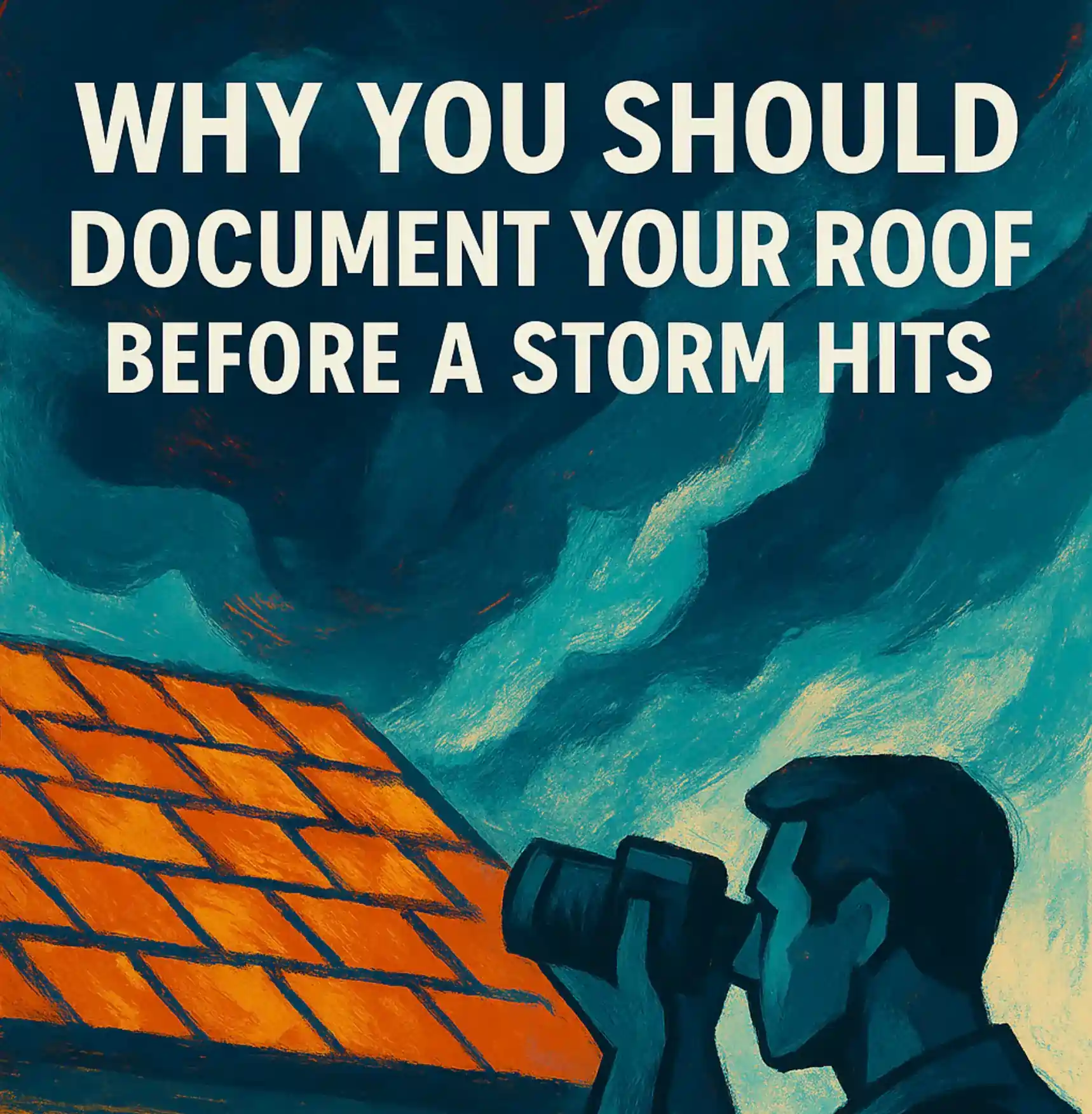How to Hurricane-Proof Your Home: Roofs, Windows, and Structural Upgrades
It seems like hurricane season gets worse every year. Not only are there more storms, but they’re stronger than before. If you live in a hurricane-prone area, the thought of storm damage to your home is terrifying.
Thankfully, you can take proactive steps to build a more hurricane-proof house. Here’s how to strengthen your roof, secure your windows, and improve your home’s overall resilience.
The Components of a Hurricane-Proof House
While it’s impossible to make any home 100% hurricane-proof, you can significantly improve your home’s ability to resist storm damage. Key components of a hurricane-resistant house include:
Take the first step
Schedule a fast, no-pressure visit. Since 1987 we’ve got you covered.
Get started- Home Design and Shape
- Materials Used in Construction
- Reinforced Windows and Doors
- Hurricane-Resistant Roofing
Even if you already own a home in a storm-prone area, many of these features can be retrofitted—especially your roof and windows. Investing in a hurricane-resistant roof is one of the smartest upgrades you can make. Learn more about hurricane roof prep here.
Shape and Design Matter
House shape plays a major role in hurricane resistance. Square or rectangular homes catch wind like a sail, increasing pressure on the structure. Rounded or octagonal designs, on the other hand, allow wind to flow around the house, reducing stress and damage.
Water damage is also a major concern. Homes elevated on stilts or raised foundations are less vulnerable to flooding. But above all, your roof is the first line of defense—it shields your home from wind, rain, and flying debris.
Windows and Doors
Broken windows and doors let wind rush into your home, creating internal pressure that can literally lift your roof off. Secure them with a combination of:
- Hurricane film: Easy to apply and transparent, it helps reduce shattering from flying debris.
- Storm shutters: Roll-down or accordion-style shutters provide long-term protection and quick deployment.
- Plywood: An emergency option if you’re short on time, though it requires nailing into your siding and blocks out natural light.
These upgrades help prevent dangerous blowouts during a storm. Read more about securing windows and doors.
Building Materials
The materials used to build your home determine how well it resists storm damage. In hurricane zones:
- Use stronger framing (e.g., 2×6 vs. 2×4).
- Choose high-grade plywood over OSB for sheathing.
- Use hurricane-rated siding materials that resist impact and moisture.
All of these choices add strength to your home’s “bones,” helping it survive high winds and debris impacts.
Hurricane-Resistant Roofing
Your roof is arguably the most important part of a hurricane-proof house. Upgrades to consider include:
Hurricane Straps
Metal straps that connect your roof trusses to the house frame. They reduce the risk of your roof lifting off during high winds.
Durable Roofing Materials
Asphalt shingles are affordable, but they don’t hold up well in major storms. Metal roofs are a more hurricane-resistant option. According to FEMA studies, metal roofs can withstand extremely high winds when properly installed.
Tile roofs are another durable choice and add architectural beauty, but they are heavier and may require reinforcement. Whether you choose metal or tile, a reinforced roof is your home’s strongest defense against hurricanes.
Be Proactive—Start Hurricane-Proofing Today
The best time to hurricane-proof your house was yesterday. The second-best time is now. Don’t wait for a Category 4 storm to hit before taking action.
Contact us today to learn more about storm-resistant roofing systems and schedule a consultation with our experts. Protect your family and your home before the next storm arrives.















